The Great Southern Parknasilla
The Great Southern Hotel Group was once owned by CIE and was later taken over by Aer Rianta. At one point the hotel group comprised over 15 hotels with a common trait across all hotels, an emphasis on old-world charm, elegance, luxury and comfort, spacious lobbies with fine antiques and art. Bedrooms in these hotels were also a bit more luxurious than the majority of hotels at the time.
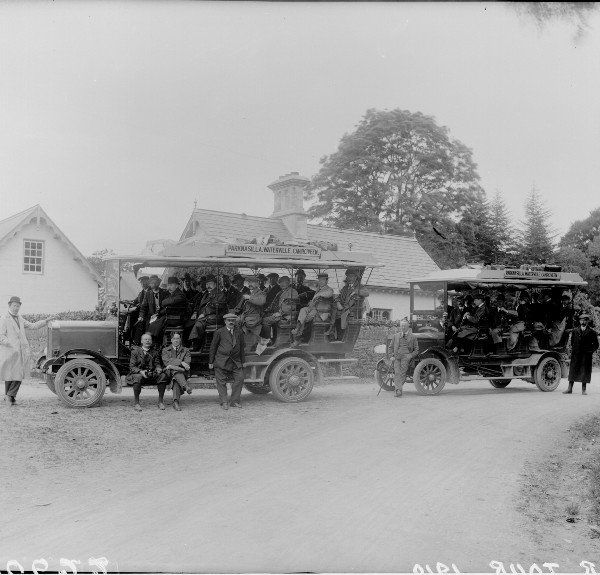
The Rise of Tourism and Railway
The origins of the rise of the Great Southern Hotels and Parknasilla arose in the middle of the 19th century. Despite the ravages of the famine, Ireland was seen as an exotic tourism destination and this was particularly true after Queen Victoria’s trip to Ireland and Kerry in 1861, which saw an explosion of tourism from overseas. Railway lines were developed in the mid-1850s from Dubin to remote towns of Killarney, Dingle, Galway and Sligo and later new lines were developed from Killarney for instance to Kenmare.
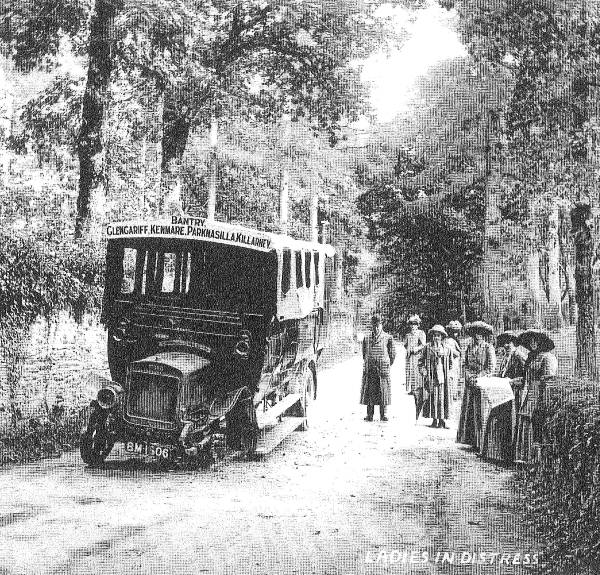
Great Southern Ownership of Parknasilla
In the South of Ireland, the most important railway was the Great Southern and Western Dublin-Cork Link which opened in 1849. Excursions were promoted and resort hotels that were built were supplied with customers by a new railway line. New doors opened for Parknasilla around the start of the 1890s when in 1893 Kenmare became the terminus of the branch line. Just two years earlier, the Derryquin Estate was sold by the Bland family in various lots. Bishop Graves of Limerick who had leased part of the property for a long period from the Blands purchased one lot, and only a short time after sold the property to the Great Southern Hotel Group.
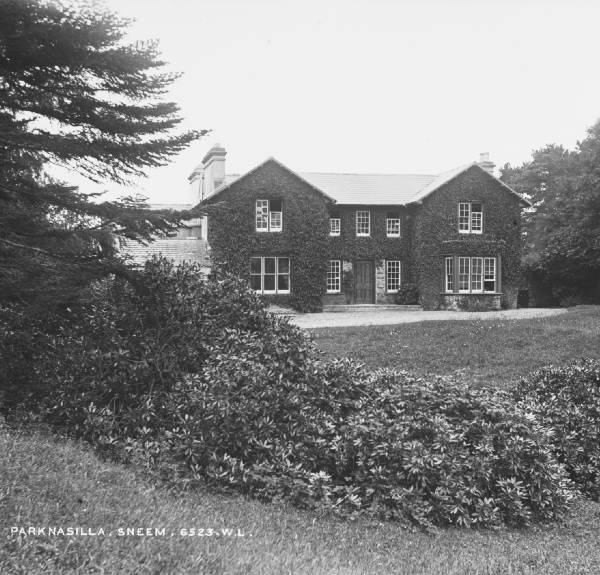
James Franklin Fuller
On the 1st of May 1895, The Southern Hotel Parknasilla opened, and the name Parknasilla which means “The field of the willows” began to appear on maps. It was also referred to as the “Bishops House Hotel, Parknasilla”. The story of the construction of architecture is also an interesting one. Eminent architect James Franklin Fuller was chosen by the Great Southern and Western Railway, prior 1895. Fuller himself left an incredible legacy behind, he was responsible for the designs of some of Ireland’s most iconic buildings such as Kylemore Abbey, Ashford Castle, Kenmare Park (formerly the Great Southern Kenmare) and Farmleigh House.

The Bland Connection
Born in 1835 in Kerry, he was the only son of Thomas Harnett Fuller of Glashnacree by his first wife, Frances Diana, a daughter of the Francis Christopher Bland of Parknasilla and Derryquin Castle. The Blands were indeed synonymous with Parknasilla for over two centuries, and a new chapter for Parknasilla’s future now had an incredible link with its past.
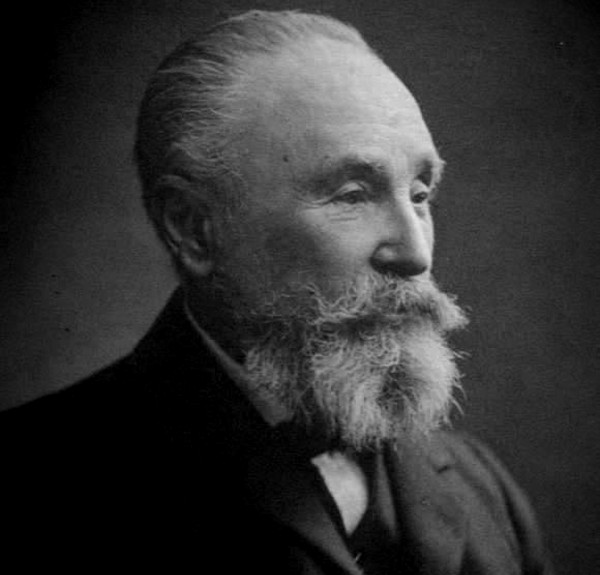
A new Hotel
The hotel originally started out in what was known as “The Bishops House”, however, a better position was chosen in 1897 for a new purpose-built hotel. The new Parknasilla Hotel faced down Kenmare Bay and offered its guests unparelled views of the Atlantic Ocean. The facilities of the new hotel included Turkish Hot and Cold Seawater Baths, reading and games rooms and bathrooms on every floor. This decision came after unprecedented demand that well exceed supply.

George Bernard Shaw
Early well-known guests of the Parknasilla included the iconic playwright, critic, and political activist George Bernard Shaw. Shaw was a regular visitor to Parknasilla and wrote substantial parts to some of his most well-known works such as his play “St Joan” while staying at Parknasilla. Shaw once wrote of Parknasilla while in residence in 1925 that “A place of long sea views and intricate walks between ferns and fuchsias, rock and rhododendron, to burnt out castles lost within the woods and along the various fingers of land that point south West into the warm Atlantic this place does not belong to any world that you or I have ever worked or lived in ………..it is a part of our dream world.”
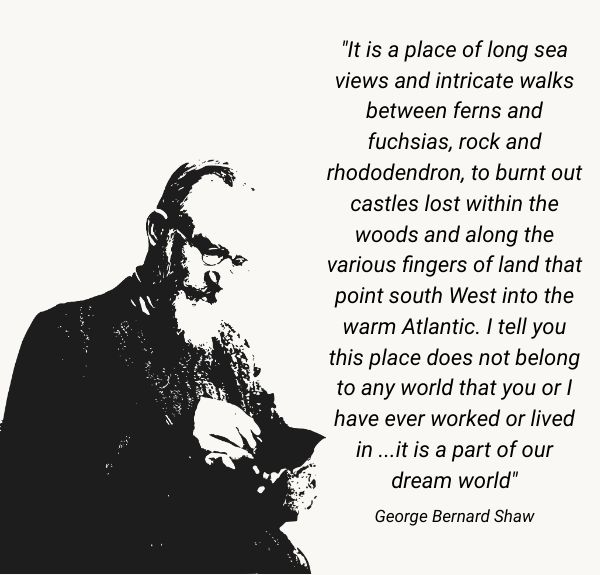
A near demise of the Parknasilla Hotel
Just three years previously the hotel however may have been served a different fate. According to T.J Barrington during “The Troubles”, Arsonists came to burn down Parknasilla Hotel only to defect to the nearby Derryquin Castle that was owned by the unpopular landlord Colonel Warden. This came from the intervention of a staff member of the hotel who explained how much employment would be lost to the region if the hotel was burnt down.
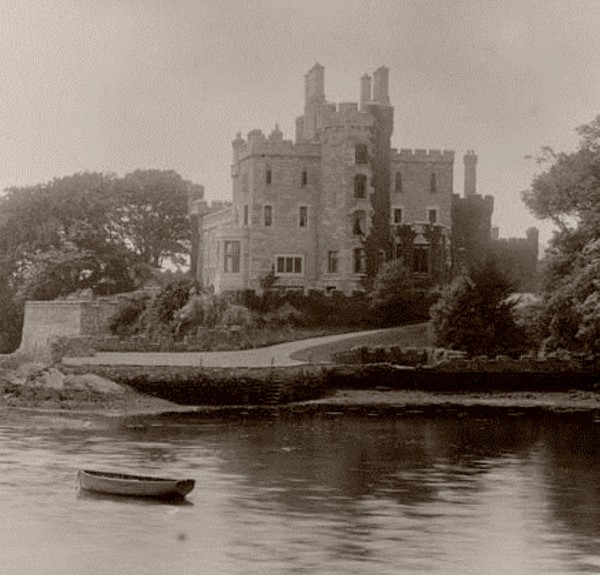
A strong domestic market
In 1925, The Great Southern and Western Railway amalgamated with all those railway companies which were operating entirely within the Irish State to form the Great Southern Railways. In the coming years and decades, the hotel suffered many ups and down. In the 1930s worldwide economic conditions were difficult and by 1939 freight revenue was down £2.05 million and passenger revenue was down £1.27 million. However, still, a strong domestic market as recalled by Lady Swifen, who recalled of the late 1930s in Parknasilla “We used to go over in the evenings. After dinner, there would be dancing and later we would meet people from Dublin. The Hotel expanded and a new wing was added and the third story was built in the 1940’s”.

World War II effect on railway
The 1940s and the second world war had a profound effect on the railway network. Although the country was neutral, “The Emergency” led to a severe lack of high-quality coal in Ireland, and reliance on importing from England was severe. Alternatives such as turf burning had little success and most non-sub-urban routes were restricted to just Monday or Thursday. In 1945, Great Southern Railways became part of the general transport organisation called Coras Iopmpur Éireann which was nationalized.
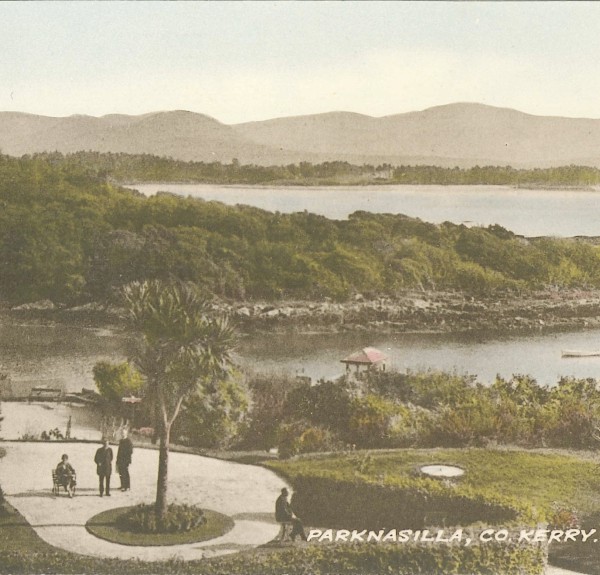
Memories
The clientele of Parknasilla seemed to change in this period too with memories of guests being recalled. The Late Mr Justice Dermot Kinlen a lover of the hotel recalled his visit to the hotel as a student to be exceptionally impressed by the marvellous food, however, he felt “the hotel was full of stuff shirts”.
The Late John Mulhern one of Ireland’s most flamboyant racing personalities also recalls visiting the hotel with his parents during the 1940s and 1950s and said “Everybody who was anybody stayed there, he says… It was a great place for wealthy Bishops monsignors and very rich parish priests who got bombs of money from their parishioners.”

Memories
The former Head Hall Porter and now late Tom Doyle started in Parknasilla in 1951. He remembers that Parknasilla was “the” hotel in Ireland and almost eighty per cent of the guests were English. Throughout the 50s and 60s, the highlight of his day was to stand behind the porter’s desk in the evening and watch the couples coming down the stairs for dinner in evening wear. ‘If you saw somebody coming down that time in his Sunday suit you’d say ‘Christ, where did he come from?’, Doyle recalls ‘it was always full evening wear.’
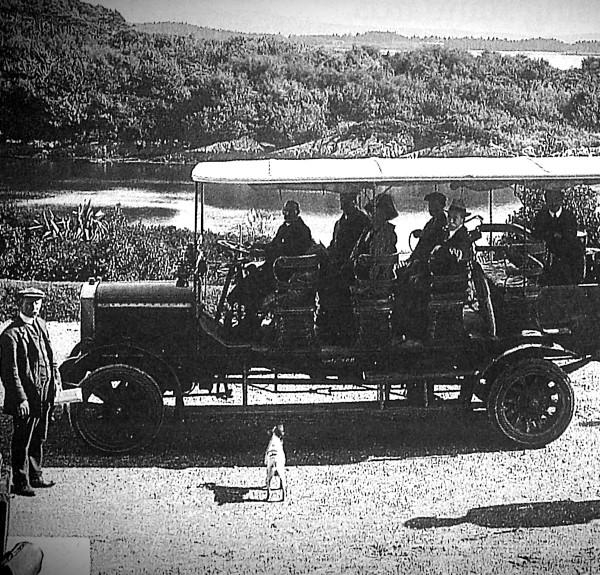
Memories
The late Sir Christopher Bland remembers visiting the hotel in 1956. The trip was his school leaving present. ‘It was a major luxury’, he says, ‘staying in a grand hotel.’ The hotel was, ‘full of regulars, half of them English and very family orientated.’
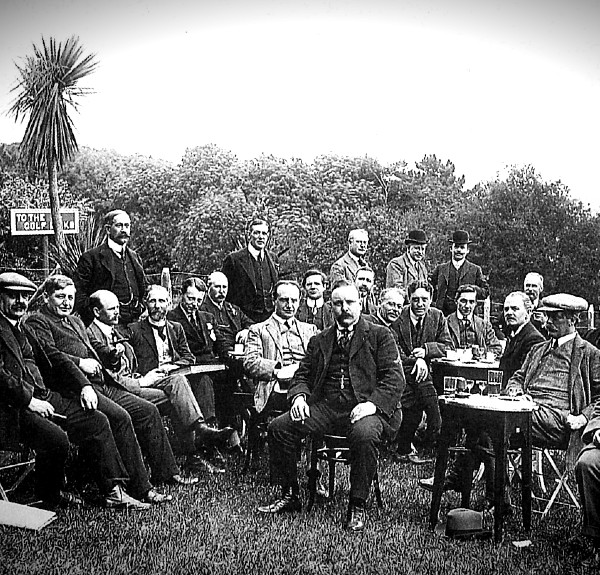
Prince Rainer and Princess Grace of Monaco
Hall Porter and former head barman Sonny Looney stated in 1959. This was the same year the Kenmare branch railway closed – so ended Parknasilla’s association with railways. In 1961 Prince Rainer and Princess Grace of Monaco and their children stayed in the hotel. ‘They didn’t drink in the bar’ recalls Looney, who was still only a raw recruit at the time, ‘but I did get to meet her and I did get to serve her. I served her drinks in their room.’ The royal guests used to frequent the hotel’s restaurant for dinner in the evening. The hotel was awash with security. There had been a threat of kidnapping elsewhere in Europe. Restaurant Manager Jackie Moriarty started in 1969. He remembers most of the guests being English, but that changed when the Troubles in the North began.
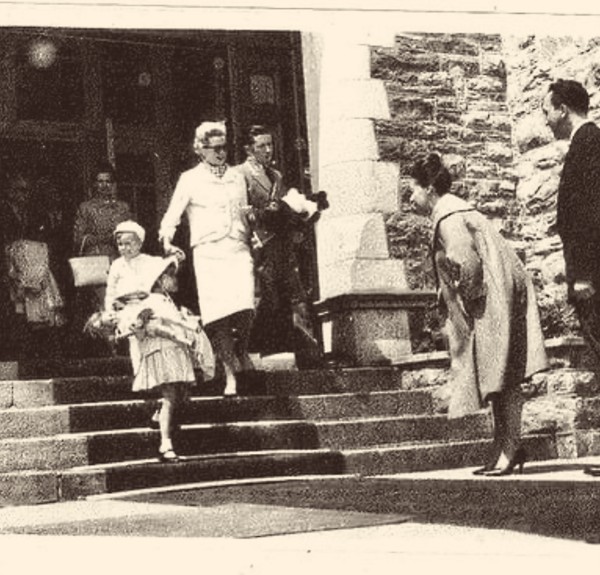
The Visit of Charles De Gaulle
In later years Parknasilla has witnessed the caprices and vagaries of other visitors.
Like the visit of Charles De Gaulle in 1969. He was housed under heavy security next door in Reenafura. It was felt he could be protected better there and it was more secluded. But he was ‘serviced’ by the hotel. The press descended on Parknasilla. Security was extremely tight. Tom Doyle, the Parknasilla porter had been given strict instructions by government officials. He was in charge of delivering papers and mail to the President. His first delivery conjures up images of “The day of the Jackal”. He parked his car in the yard of Reenafurra. ‘As I walked up to the door, I passed by an open window’, recalls Doyle, ‘and I gave a side-eye in. There was DeGaulle and his wife having their dinner. I could have got him in the top of the head.’ Paris surely held its breath.
It was one of De Gaulle’s last public appearances and died a short time later in 1970. His funeral was one of the largest in the history of the state of France.
